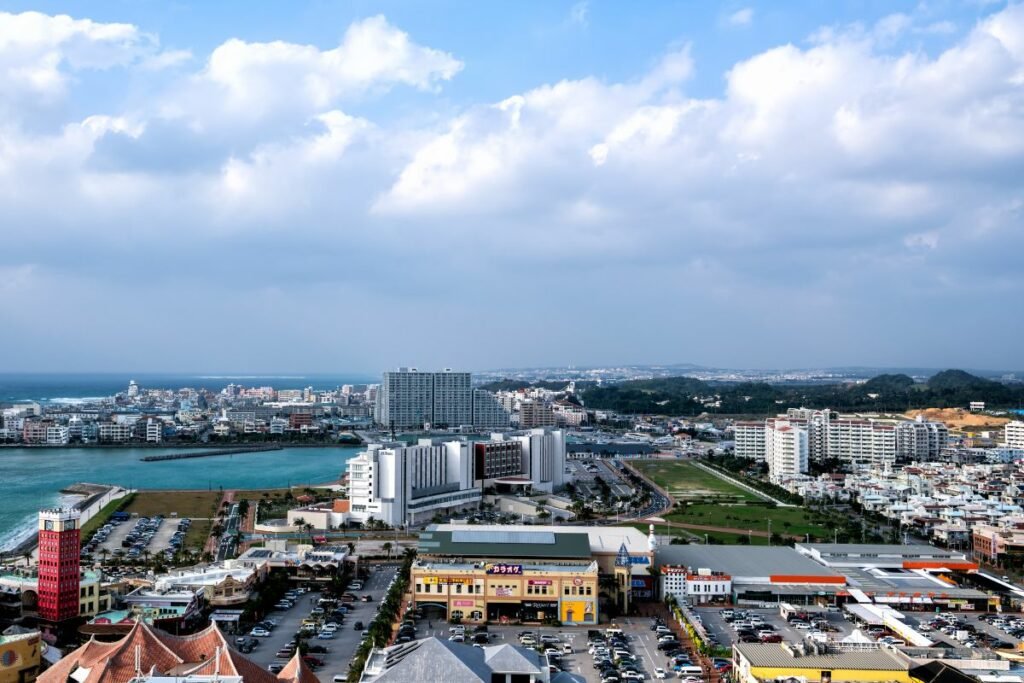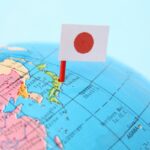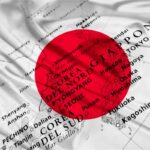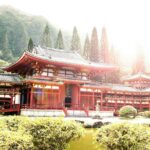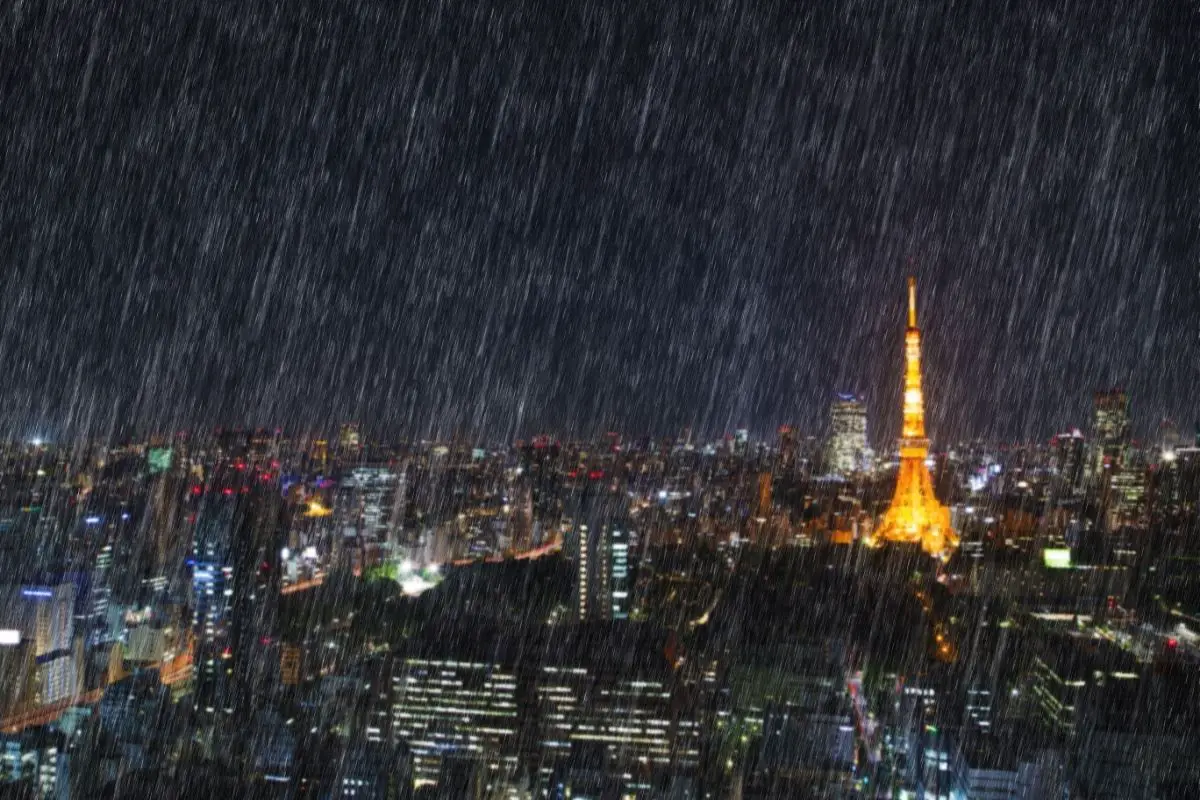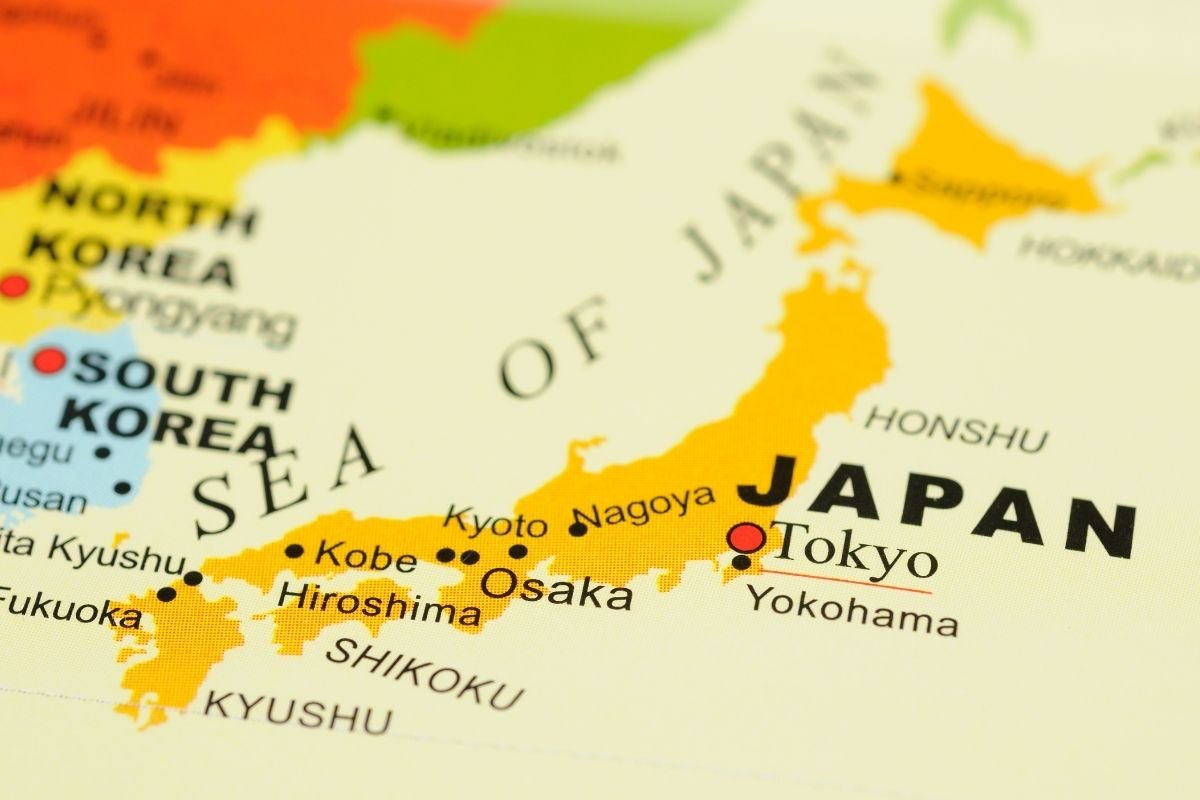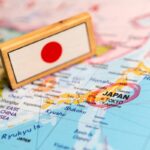Okinawa is one of the most beautiful and amazing places on earth. This small area of land in the Pacific has long been the subject of myths, legends, and an attraction for any holidaymaker or tourist to go to for a long time.
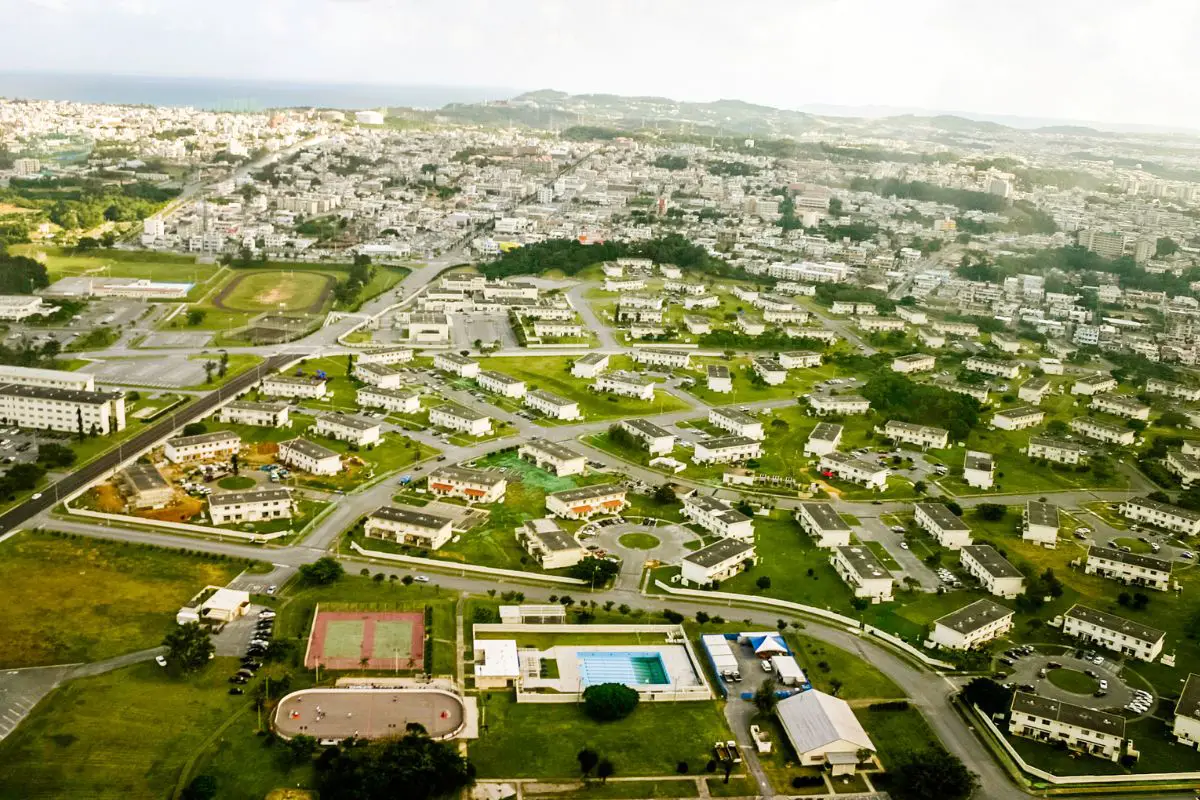
However, the thing is, even though Okinawa is a prefecture, its position is quite unique compared to the rest of Japan.
See, it doesn’t sit as part of the main set of Japanese islands. In fact, it is about 400 miles away from the closest of the main islands.
There are many places in the world that have this issue, like how Alaska is separated from the US by Canada or how Svalbard is thousands of miles away from Norway. But these areas are large and self-governing to an extent.
So, how big is Okinawa? Is it large and small? Today, we will answer this question as well as a few others for you.
Where Is Okinawa?
Okinawa is south and slightly west of one of the main islands of Japan, Kyushu. It is not actually a part of the main island chain of Japan, instead it is part of a collection of islands known as the Ryukyu islands.
The Ryukyu islands are a group of 7 main island groups that stretch from just off the coast of Kyushu all the way down to the edge of Taiwan, being about equal distance apart from one another and covering an area of about 1,700 square miles.
While a part of the Japanese state, the Ryukyu islands have their own distinct history and culture that is separate from the Japanese and Chinese people they are very geographically close to.
While the groups of the Tokara and Osumi islands were long a part of the Japanese domain and spoke Japanese, the rest of the islands were part of the Ryukyu kingdom.
This kingdom was a vassal of many different larger states, but due to the fierce independence of the people who lived there and the difficulty in establishing total control over the islands, they were semi-independent.
This left the state to develop its own unique culture and language, with the people of these islands speaking Ryukyuan, a part of the Japonic language family, up until the modern day.
The isolation and unity of the islands has left a unique identity, different from their neighbors.
How Big Is Okinawa?
Okinawa is actually the fifth-largest island in the Japanese nation and the only main island that is not a part of mainland Japan.
The island is 66 miles long (106 kilometers) and 7 miles wide (11 kilometers). In total, this leaves it with a total area of about 466 square miles (or, 1206 square kilometers).
The island has several smaller islands around that have been connected via a land bridge to them, and there have been land reclamation projects ongoing on the island for many years.
These projects have increased the island’s size by about 1000 hectares and the connection to the other islands have increased its mass as well.
Like the other Japanese islands, Okinawa is volcanic and so much of the island is defined by large mountains, sparse plateaus, and rolling beaches.
This has meant the southern end is fairly flat and habitable, while the northern end is mountainous and covered in forest.
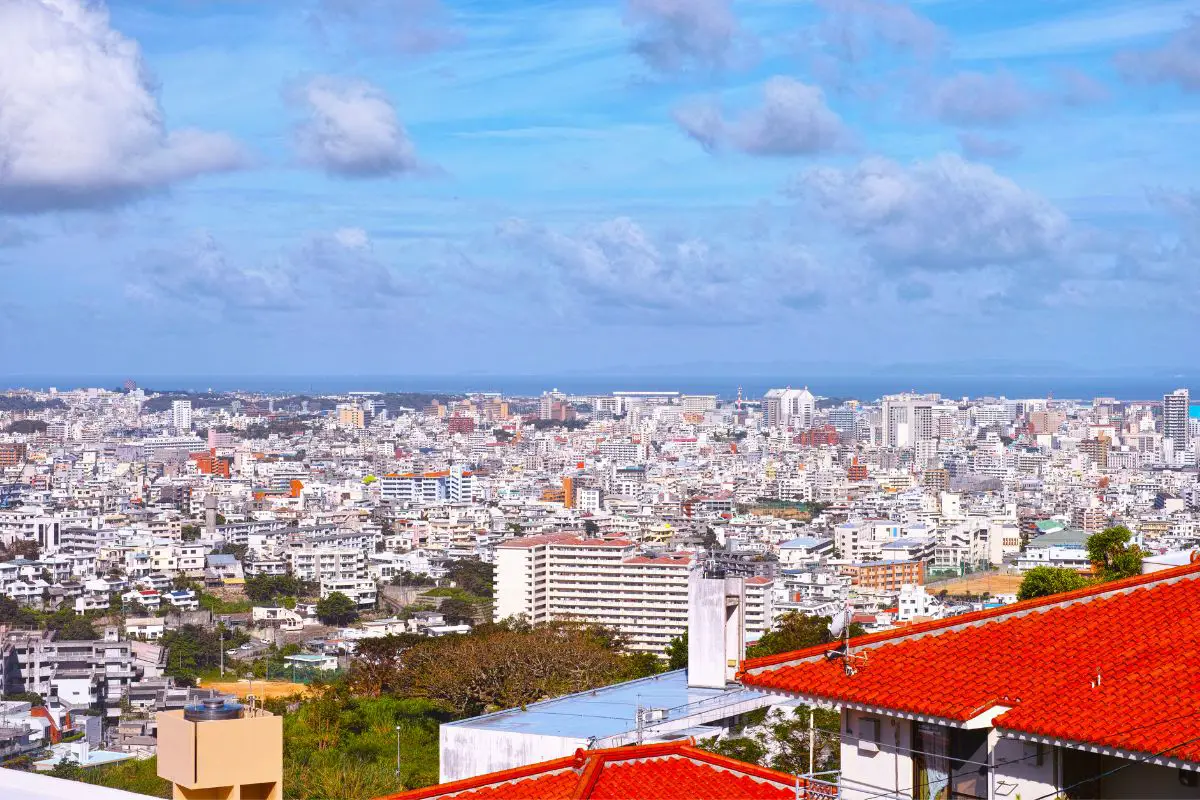
What Is The Climate Of Okinawa?
The climate of Okinawa is far different from the Japanese mainland. Unlike the warm, temperate climate of the other islands, Okinawa is a humid subtropical climate, bordering on a tropical rainforest climate.
The winters are incredibly short and mild, with the temperature only going down to about 15 degrees Celsius (59 Fahrenheit) at most, and the summers are incredibly humid and hot, with the temperature staying between 27 and 32 degrees celsius (81 and 89 Fahrenheit) most of the time.
Other aspects of the climate include the persistent rain. Okinawa is a small island in the path of the Pacific Ocean’s typhoons, which move up from the equator, through the Philippines, and into Japan.
This means it gets a lot of rain a lot of the time. Rainfall is said to occur about 142 days out of the year, which is a bit lower than the UK’s 152 days – a stereotypically rainy country.
Why Is Okinawa So Important?
Okinawa is a fascinating place with a unique culture, language, and environment. However, that doesn’t mean it gets excluded from geopolitics, and its global position has given it a great deal of importance and economic strength.
While a lot of its economy is tied up in tourism, fishing, and agriculture, one of the biggest contributors to the Okinawan economy is the US military bases.
These bases are dotted all over the island, and the money that the soldiers use in Okinawa has become important to the economy there.
The reason for the military bases originally was part of the Japanese surrender in 1945 and was implemented in 1951, but the reason they stayed was part of the first island chain established by the US military.
This was a series of alliances and agreements between the US and a collection of Asian nations in order to establish trade routes throughout east Asia.
You see, this area is surrounded on all sides by islands and island nations: Japan, the Ryukyu Islands, Taiwan, the Philippines, Malaysia, Singapore, and Indonesia.
These nations control the hundreds of islands that have straits into the Pacific Ocean. Each of these islands now have a military base of the native nation or one of the United States.
As such, for the US and the other nations to maintain their economic growth, they need to control these islands, including Okinawa, and the shipping routes through them.
Conclusion
Okinawa is a stunning place, with a unique culture and history. It is also a great destination for many people because it is close to mainland Japan, yet not quite a part of it.
However, tourists need to be aware that Okinawa is not quite a part of the main islands of Japan. So, it is important to understand the place, and how big it is as well as what it has to offer.

